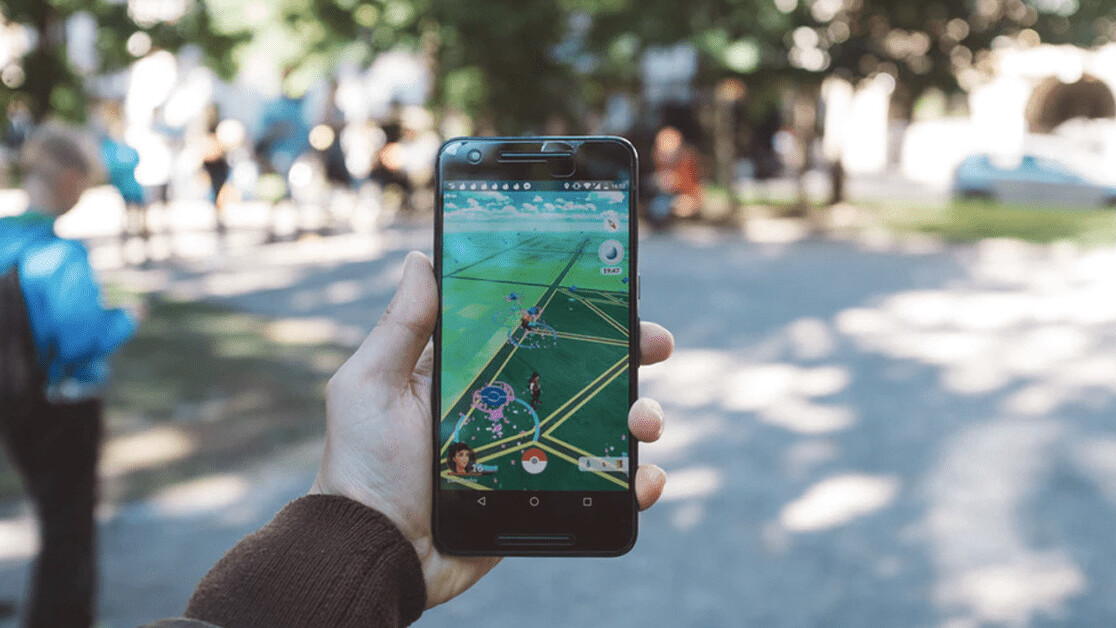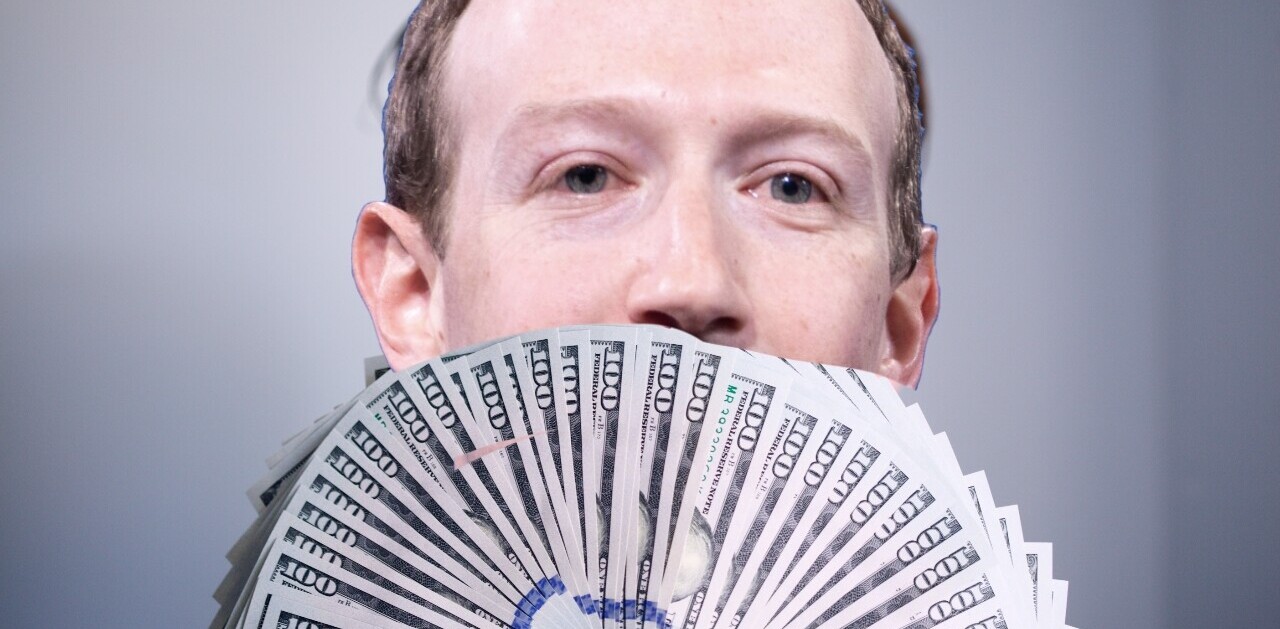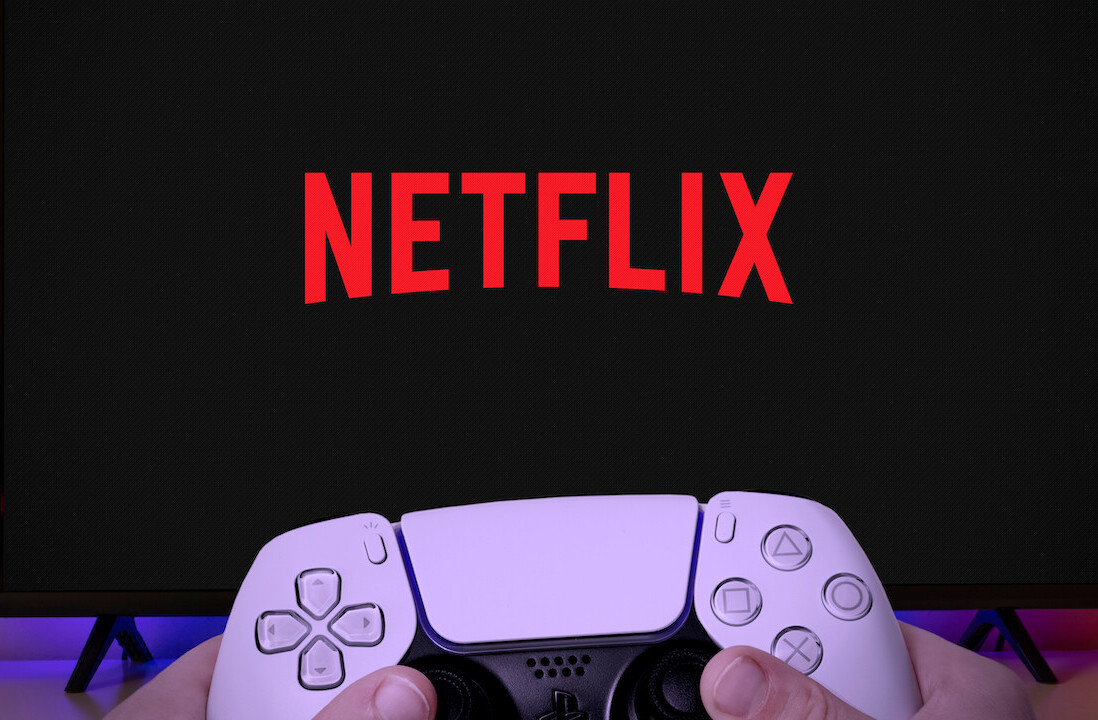
Today’s operations require more comprehensive stores of information, most of which deals expressly in the human behavior of consumers or internal teams. To truly understand a product’s performance, for example, companies must know how many people buy it, how they use it, and what the consensus is—good or bad. Of course, that’s merely a basic illustration, as much more robust stores of data are necessary to inform decisions and events.
Unfortunately, the traditional methods for gathering all of this information are costly, time-consuming, disengaging and are often subject to limited pools of participants. As an answer to this problem, many organizations have begun sprucing up or making their data-collection processes more exciting and more engaging.
Gamification is one way to do that. Gamification, in general, has made a lot of waves lately in the enterprise world. The entire gamification market is expected to grow 200 percent to a total of $11 billion by 2020.
Mobile games and apps, specifically, pose an excellent opportunity for companies to gather the information they need, not just from willing people but also from a huge pool of participants. The entire experience of a game or app can be designed to specialize in various forms of research.
To understand why it’s such a lucrative option, one must consider the history of the mobile games and gamification ecosystem.
The rise of mobile games and the freemium model

Mobile games have existed for as long as, well, mobile devices. They allow people—specifically mobile users—to entertain themselves while on the go.
The beauty of mobile apps and games is that you can use them anywhere, and most include a pick-up and play structure. Take Candy Crush, for example, an incredibly popular Match-3 type puzzle game. You can play it in short bursts while waiting for the bus, on a break at work, or during commercials while relaxing at home. This makes it both more accessible and more likely that people will jump in and play.
Games, in general, have always been popular, especially among younger demographics. But there are several mainstays to thank for the massive engagement levels that mobile games are capable of garnering in today’s market. Titles such as Angry Birds, Candy Crush Saga, Flappy Bird, Clash of Clans, as well as many others have all made a significant impact on how the public views and participates through mobile games.
More importantly, many of these titles helped to introduce the world to the freemium model. It is a strategy that involves providing a game for free, yet monetizing it through other means such as ads, in-app purchases (IAP) and data collection.
Data collection is one aspect of monetization that most people realize exists but don’t fully understand how it works. An app or game is delivered free to boost the exposure it has and introduce the experience to a larger audience. In the background, it both collects and analyzes incoming user data that can be leveraged several ways. It’s not just about selling data to other providers and potential parties—it’s more about collecting the information to inform future actions and services.
But gamification is slightly different than mobile games altogether. It involves motivating participants to engage more with the help of game-related mechanics and infrastructure. The important point is that it doesn’t necessarily involve a game. What you do enhances or improves upon existing processes to inject fun, garner engagement and upgrade the general experience.
For example, a survey app might allow users to earn points for participating in various polls. These points contribute to a leveling system where they level up a character or profile. For each level gained, they earn exclusive rewards. It incentivizes the entire process and therefore increases the likelihood of people not only participating but also continuing to do so. Perpetual engagement over an extended period is not easy to achieve, but gamification can help change that.
Dealing with security concerns

Security breaches and high-profile hacks are incredibly common these days. Even with appropriate measures in place, it’s not a matter of “if” a system will be compromised but when. Therefore, it’s important that all data is handled, stored and processed in a secure, protected way.
Advanced forms of encryption can help by essentially locking digital information behind a security or encryption key. Without the key, the data cannot be read even if compromised or stolen.
Another aspect of this is to use secure, encrypted connections which essentially filters all web-based traffic and packets into a form of encryption, be it secure sockets layer (SSL) or transport layer security (TLS). This is certainly possible with all forms of gamification-related traffic, including mobile and desktop based. More data-oriented companies and providers realize this too. It was recently reported that encrypted traffic had reached an all-time high, with over 72% of all network traffic secured using modern forms of encryption.
Of course, the final piece of the puzzle is to consider the data itself and what happens after it’s collected. Where is it stored and is that location safe? Who has access, and are there people viewing the information who shouldn’t? What control and protection measures are in place to further protect the data stores? Can they be deleted? Can access be revoked from certain parties?
These are more than just concerns — they are problems that need to be solved across the entirety of the big data industry. If you plan to adopt or implement gamified measures, in any capacity, you must be prepared to deal with these challenges. If you don’t, you’ll find out quickly that participants are less willing to provide their information or use your mobile apps and services.
Creating these kinds of security-focused applications and experiences requires highly talented and trained software developers. But those developers must also become part of the regular workforce to help maintain the apps and services, both in terms of security and future functionality.
Gamification in the real world

While the gamification of data collection sounds great, what matters more is whether or not it’s a viable solution in the real world. Are there examples of its use, and what benefits has it offered?
Gamification, both in general and for data collection specifically, is used heavily in today’s landscape.
America’s Army—an actual game designed as a recruiting tool for the U.S. military—is an excellent and longstanding example of gamification in the real world. The game is free, but to play, users must submit pertinent information through an online profile. During the multiplayer-focused game, players level up, earn rewards and Badges of Honor, similar to what would happen in the actual military.
It’s a unique marketing tool that introduces players to a potential career in the military but is also used to collect candidate information and conduct an initial assessment of their abilities.
Something more mobile-focused, however, would be Starbucks’ customer loyalty app called My Starbucks Rewards. Gamification mechanics are used to transform a more traditional rewards program into something truly engaging. Immediately upon registering, customers earn stars for every purchase. After accruing enough they can be exchanged for real rewards, such as free food or drinks.
Customers can attain varying levels of loyalty, with each level offering greater rewards and opportunities. This is not unlike leveling up in a modern RPG or online game. It adds another layer of fun on top of the already multi-layered rewards point system.
Yet another, more popular, example is Pokemon Go.
The game uses a mix of geospatial data and augmented reality to immerse participants in the digital world. Wherever they travel in the real world, they also travel in the game world. Along the way, they can capture, battle and upgrade various creatures called Pokemon, not unlike personal pets. Every player’s in-game avatar also levels up and can customize, alongside their creature counterparts.
While players experience the game, the developers and providers also collect a variety of robust behavioral and experiential data, which is then used to improve existing mechanics and features. One recently added feature, for example, allows players to battle their Pokemon against other players in-game, and even trade for more desirable Pokemon.
The data is also used to create and inform future in-game events that happen regularly, which has produced more of a cyclical system where the developers continuously upgrade and enhance with the help of user feedback.
A team from the University of Saskatchewan has also demonstrated the use of gamification for data collection in a recent report. Their findings indicate that companies can create cost-effective gamified solutions to gather information from a large audience of volunteers.
The proof is there and the strategy is actively used, by many, in today’s market.
What data collection gamification means
Even with the real world examples in front of you, it doesn’t necessarily mean the concept will work for your business or enterprise. Each organization is different, after all, and what works for one team or group doesn’t necessarily work for another.
Therein lies the true beauty of gamification, particularly as it applies to data collection. There are many ways to implement the strategy, compounded even more by the varying forms of data and information that exist. What you do to gamify a channel related to user experiences and behavior, for instance, won’t mimic what you do to gamify internal processes and applications. The basic idea remains the same—you incentivize and make operations more engaging—but the method for achieving this may differ.
Naturally, this influences how and what gamification does for varying parties. One company might gamify customer-facing processes to boost engagement, bring in new customers and prospects, or even to increase the amount of data that’s collected. Another company might gamify the same processes to simply learn more about a particular demographic, then take that information and develop an entirely new product or service.
In other words, gamification will mean different things to everyone—customers, employees and organizations alike. That said, the general benefits remain the same. Every gamified process or function becomes that much more fun and engaging, which helps to incentivize and boost participation levels. As a result, you get more people involved with a particular process or operation, and more of the information is accurate and relevant.
Why invest in gamification at all?
The final question is why any business—meant to be professional in nature—would invest in such a light-hearted, maybe even downright whimsical strategy? It seems almost silly to take something that’s not what you might consider fun, yet professional, and turn it into a game. Without further research, it might seem like this would decrease productivity and engagement as you’d think people would focus on the game-related mechanics over the actual work and operations.
In most cases, the opposite is true. Gamification of modern processes and operations can significantly boost engagement and productivity in many ways. Users respond well to incentivization for their work and participation. Usually, they have more fun too.
Before closing out, consider this. A whopping 70 percent of business transformation efforts fail due to a lack of engagement from employees. Gamification can help boost those engagement levels and is so lucrative, that by 2020, 53 percent of technology stakeholders say the use of gamification will be widespread. Its adoption continues to rise, and that happens for a reason—it encourages higher levels of engagement from employees and customers alike.
This story is republished from TechTalks, the blog that explores how technology is solving problems… and creating new ones. Like them on Facebook and follow them on Twitter.
Get the TNW newsletter
Get the most important tech news in your inbox each week.





